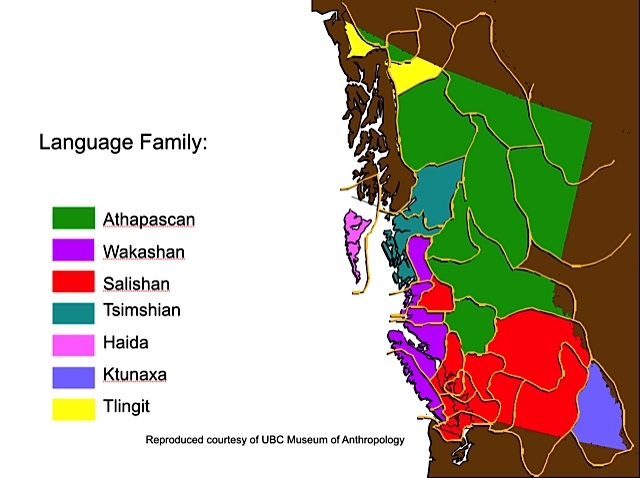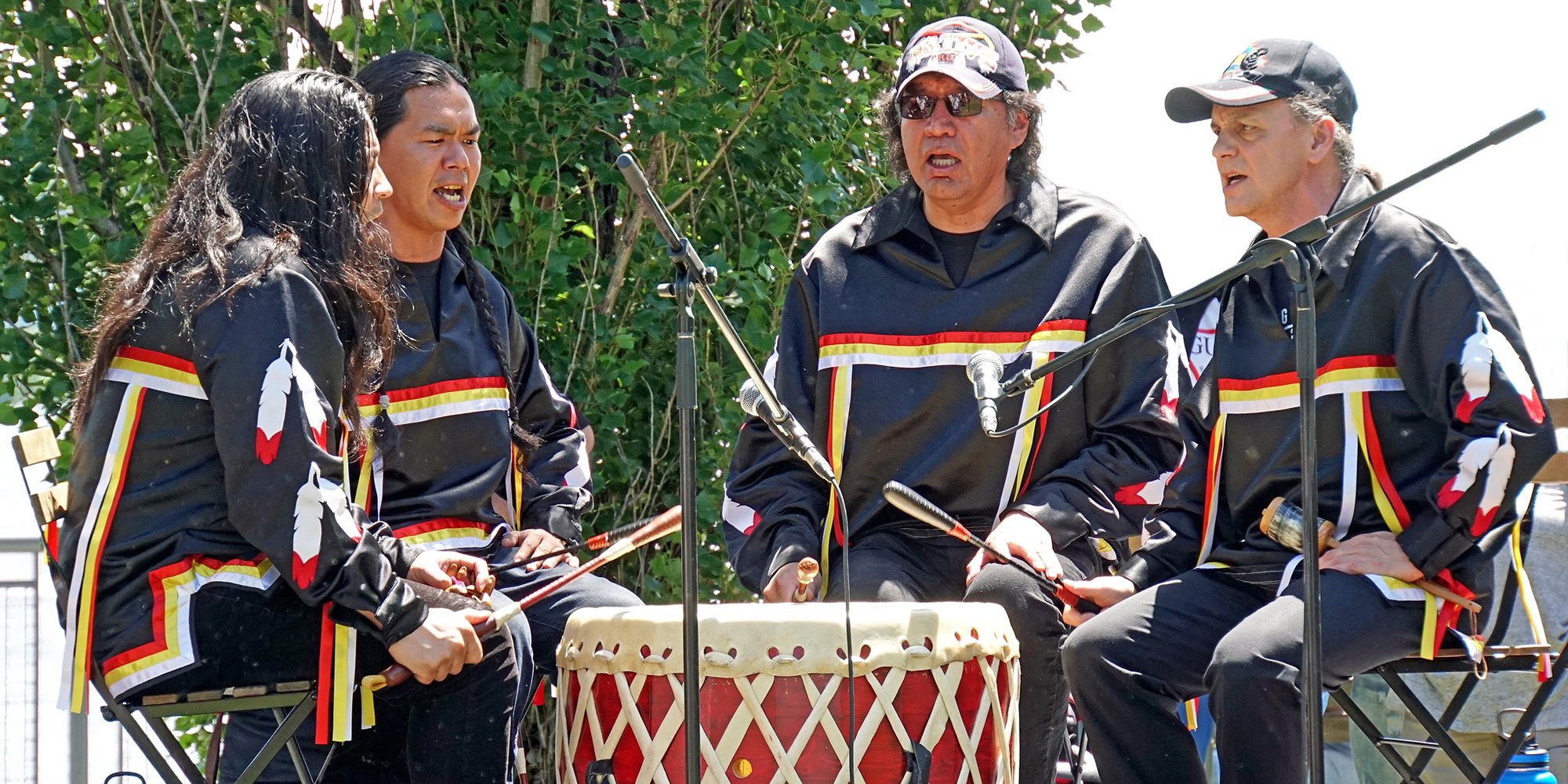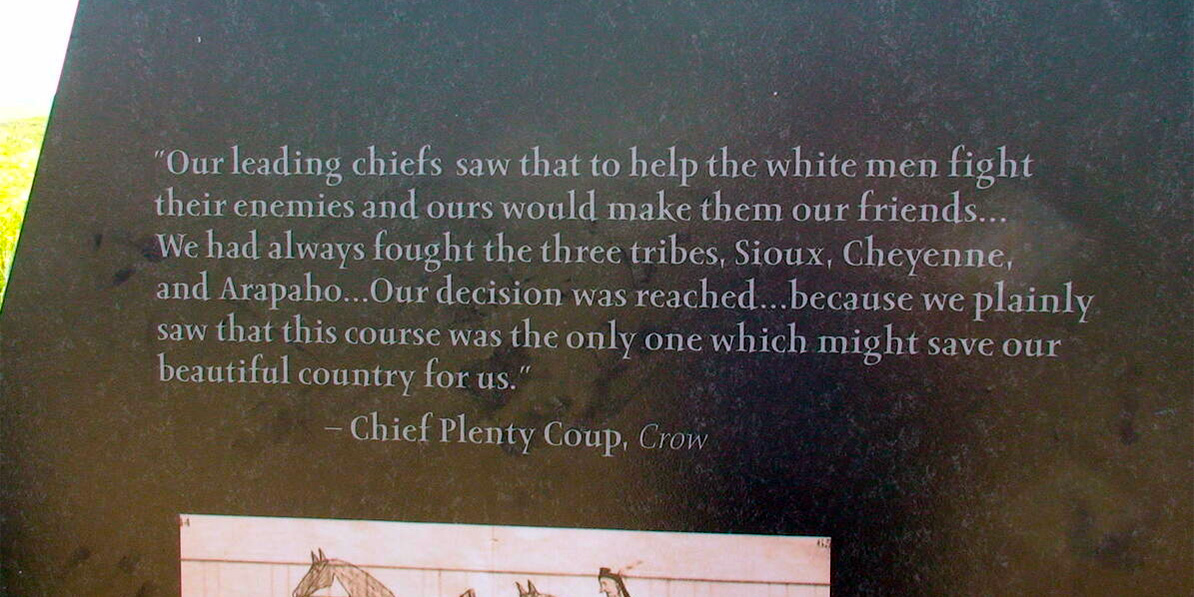History of Assembly of First Nations
Every three years, the Assembly of First Nations holds an election for the Office of National Chief. This year the election will be on December 10,...

There is common misconception that BC First Nations are all the same.
When you take a look at this map of BC First Nations Language Families, that the UBC Museum of Anthropology produced and gave us permission to reproduce for use in our training efforts, you can quickly see just how diverse they are.

7 Major Language Families broken up into over 30 different dialects.
The diversity of languages and dialects in just one province supports our mantra that diversity must be recognized and respected. Some important things to take into consideration when looking at this map include:
There you have it. That's just a quick snapshot of BC First Nations Language Families. If you are planning on working with communities you may want to download some of our free resources to help you be more effective.
Here's a related article you might find interesting:
On the subject of language, here's a free copy of our eBook: Indigenous Peoples: A Guide to Terminology. Click the image to grab your copy.

Every three years, the Assembly of First Nations holds an election for the Office of National Chief. This year the election will be on December 10,...

While the duty to consult is a hard-fought-for, constitutionally recognized component of resource project development, in reality, it can be an...

Understanding First Nations Cultural Differences is key to Working Effectively with Indigenous Peoples®. In fact, it should be rule number one. It...